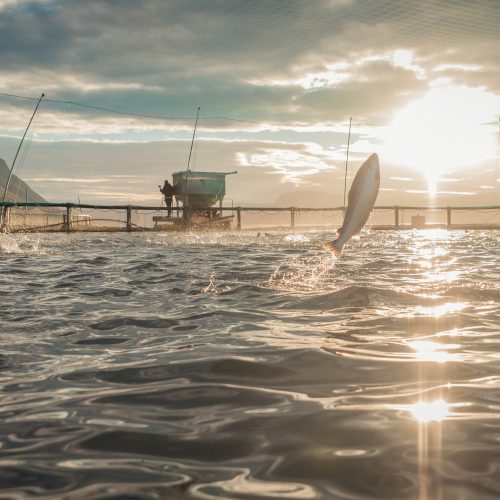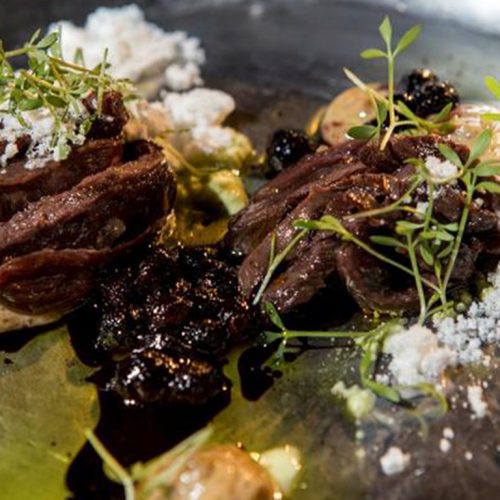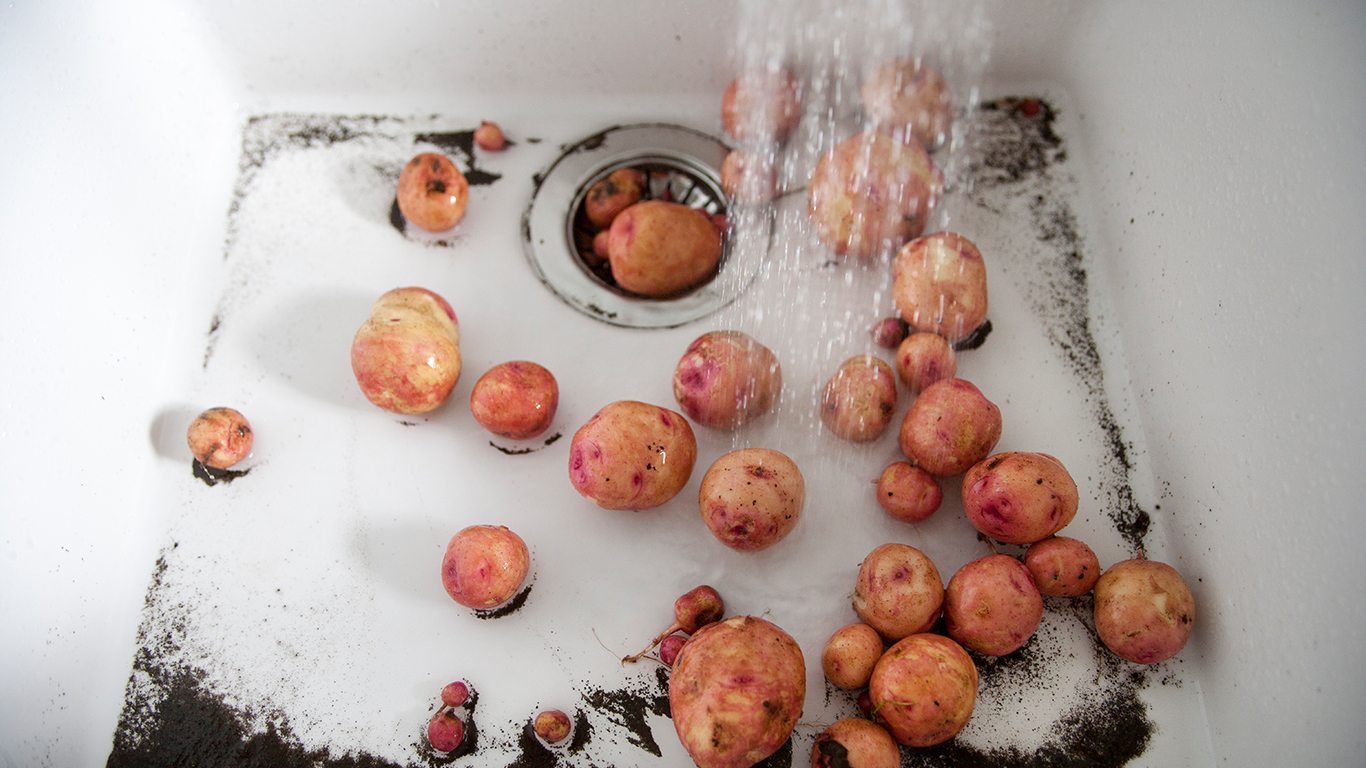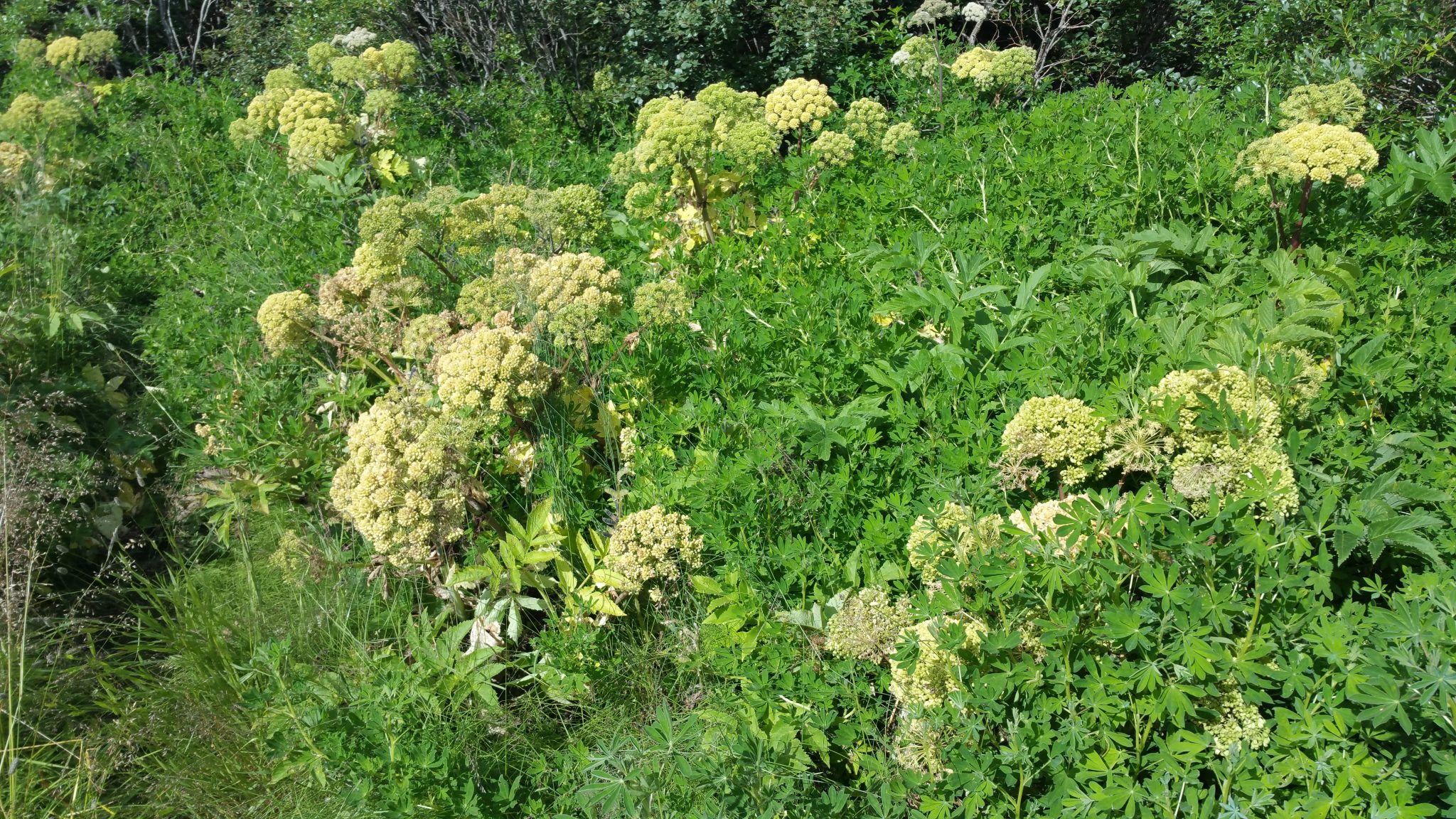The West Fjords

The proximity of the Westfjords to rich fishing grounds has shaped its traditions and food culture. The main cuisine in the Westfjords is and probably always will be freshly caught fish. Despite being a mountainous region there is still agriculture in the Westfjords, especially in Strandir and Barðaströnd. The proximity to the ocean is said leave a special flavor in the lamb produced in the region. If you need a little flavor the sustainable salt from the Westfjords will give you a little something extra. The raw material is just clean seawater and the process only uses geothermal heat. The results are a crunchy salt flakes. In the Westfjords, there is also a tradition of river trout, salmon and rain trout farming. Salmon and trout from the Westfjords are sold in Icelandic restaurants and grocery stores, often smoked, buried or fresh. Go to Westfjords.is to find more about the culinary experiences and restaurants of The Westfjords.
Souring, Salting & Smoking
Látrabjarg, Europe’s largest bird cliff, was a treasure trove of food for centuries with its millions of seabirds. Eggs were collected early in the summer while the birds were hunted in late summer. The cliff birds were customarily salted and immediately stored in barrels. Pickling, salting and smoking were all employed to preserve food.
Auks and Puffins were the most utilized species. Today, Icelanders enjoy birds mostly fresh or smoked. Consumption of fermented skate was restricted to the West Fjords for a long time, often served with melted suet. Mashed skate, cooked in the broth of smoked lamb, is a West Fjords Christmas tradition and catfish skin jellied in the same broth was a delicacy. Today, many Icelanders enjoy fermented skate on the 23rd of December, an Icelandic holiday known as Þorláksmessa. Mashed shark, hung whale, roe curd and smoked belly flesh of sheep lined the food tables of the West Fjords. Wind-dried frames were reserved for festivities and eaten on New Year’s Eve and Ash Wednesday with dried halibut or haddock. In the West Fjords a spoonful of dock was added to meat soups “kjötsúpa” while barley and later, oats and rice, were common additions.
Flatbread for Plates
The West Fjords maintain the national baking tradition with many places that offer traditional baked goods. In the old days flatbread was baked before Christmas and was around 25 cm in diameter and more than a centimetre thick. These flatbreads were used instead of dishes and the Christmas food was served on top. Many people think that the best waffles in the world are found in the West Fjords and that will not be disputed here.
Vegetable farming in the 18th century
It is a remarkable fact that the great innovator in 18th century vegetable farming, Björn Halldórsson in Sauðlauksdalur, did his extraordinary experiments and wrote his educational books in the West Fjords. Visiting the museum at Hnjót in Örlygshöfn gives a sense of how the people in the area faced the stuggle of life through the ages.
Fish Farming
Fish farming is a growing industry. The coastline of the West Fjords is known for its clean waters, nutritious ocean and quiet Fjords. This makes the area an ideal place for fish farming on land and at sea as is evidenced by the decades-long tradition of river trout, salmon and rain trout farming in the region. Salmonidae like river trout, rainbow trout and salmon contain high amounts of omega-3 fatty acids, which is very beneficial to people. Salmon and trout from the West Fjords are sold in Icelandic restaurants and grocery stores, often smoked, buried or fresh.
For more information on dining in the Westfjords: Visit Westfjords
























